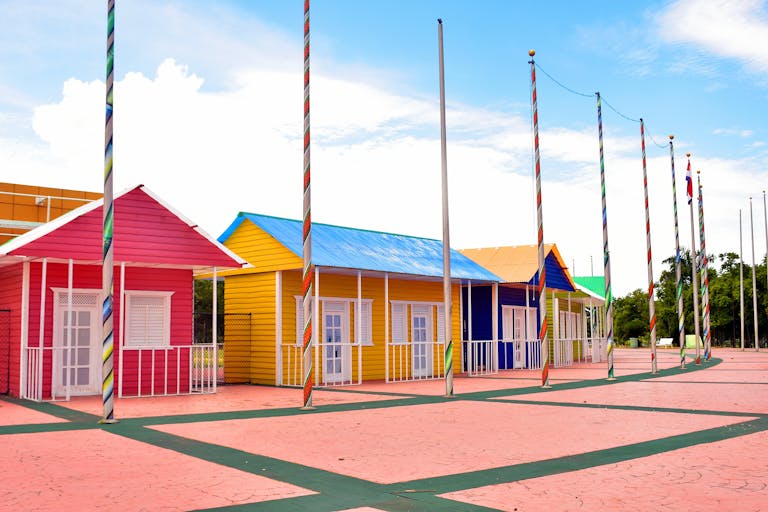The Art of Minimalist Design: Less is More in Graphic Design

In the world of graphic design, the phrase “less is more” often takes center stage in the realm of minimalist design. This design philosophy embraces simplicity, removing excess clutter to allow essential elements to shine. Minimalism is not just a design trend; it’s a powerful approach that has stood the test of time.

Minimalist Design Principles
At the core of minimalist design are several key principles:
- Simplicity: Minimalist design strives for simplicity and clarity in visual communication. It emphasizes the removal of unnecessary elements while retaining the essential components.
- Functionality: Minimalist designs prioritize functionality and usability. Each element serves a purpose and contributes to the overall message.
- Whitespace: Embracing whitespace (negative space) is fundamental in minimalist design. It allows for better readability, focus, and a sense of balance.
- Limited Color Palette: Minimalist designs often use a limited color palette, relying on a few carefully chosen colors to convey the intended mood or message.
- Clean Typography: Typography is kept clean and legible. Sans-serif fonts are commonly used to maintain simplicity.
Less is More in Graphic Design
Minimalism demonstrates the power of “less is more.” By removing visual clutter and distractions, minimalist design enables viewers to focus on the message or content. This approach is particularly effective in a world filled with information overload, where simplicity can stand out and make a lasting impression.
Simplicity in Visual Communication
Minimalist design excels in conveying complex messages in a straightforward manner. Whether it’s a poster, website, or logo, minimalism distills the essence of the message into a clean and compelling visual.
Minimalist Color Palettes
Minimalist color palettes are carefully chosen to evoke specific emotions or themes. For instance, a monochromatic palette can create a sense of elegance and sophistication, while a combination of muted tones can convey tranquility.
Effective Use of White Space
Whitespace is the unsung hero of minimalist design. It provides breathing room for elements, enhances readability, and creates a sense of balance. The deliberate use of whitespace can transform a design from cluttered to elegant.
Minimalist Typography Choices
Typography in minimalist design is clean, legible, and purposeful. Sans-serif fonts like Helvetica and Arial are popular choices for their simplicity and readability. The careful selection of typefaces ensures that the text complements the overall design.
Minimalist Design in Branding
Many successful brands have adopted minimalist design principles to create memorable logos and brand identities. Think of the iconic Apple logo or the Nike Swoosh. These minimalist designs are instantly recognizable and convey a sense of quality and sophistication.
Minimalist Web Design Trends
Minimalism has made its mark in web design as well. Websites with clean layouts, ample whitespace, and simplified navigation are favored for their user-friendly experience. Minimalist web design prioritizes content and makes it easily accessible.
In conclusion, minimalism in graphic design is a timeless and impactful approach. By adhering to minimalist design principles, designers can create visuals that are elegant, memorable, and effective in conveying messages. In a world where simplicity stands out amid the noise, “less is more” remains a guiding principle in the art of design.




